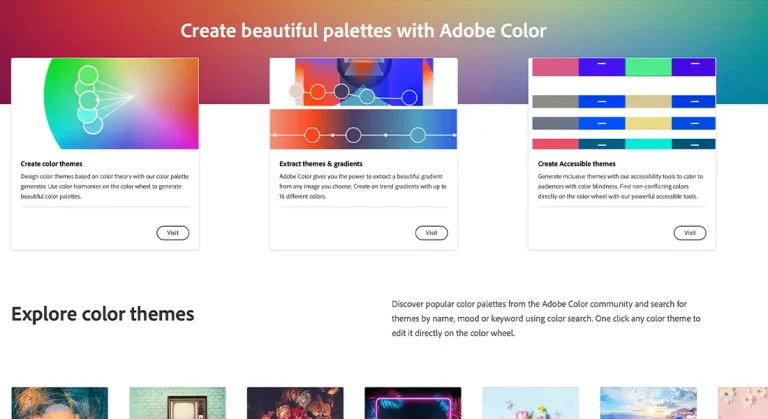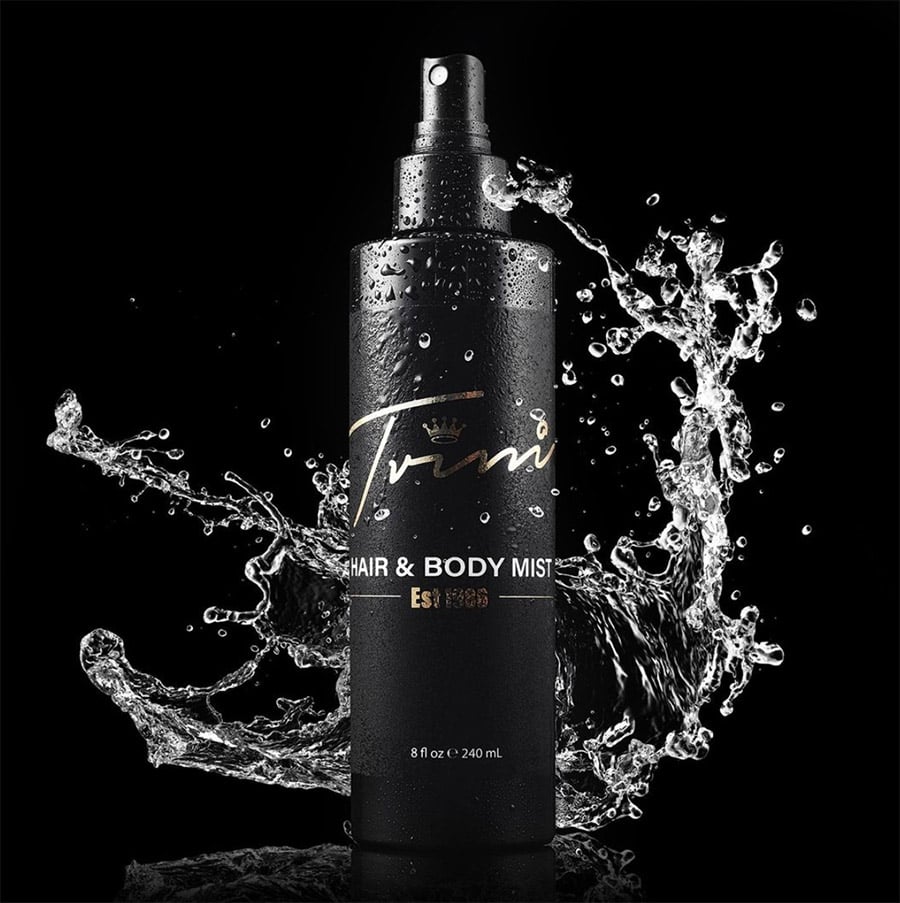
You Will Love Splash Photography
When you really want to challenge yourself as a product photographer, you should add splash photography to your portfolio.
It is one of the messiest types of photography, but the upside is that it can have a huge impact on products and your portfolio. Splash photography is one of the things that will impress your customers, done well it looks amazing.
We have already talked about the fact that every picture tells a story. With splash photography, you don’t only tell a story. You create an image that is dynamic and fun. It catches the eye and makes you really want to look at it.
You will even find that consumers will look at the image and wonder how they achieved it. In other words, splash photography has a huge impact.
To a client, splash photography looks complicated and hugely technical. However, with a little bit of know-how and a lot of practice, it is not difficult to master.
What Do You Need In Your Splash Photography Kit?
The equipment that you will need when you are shooting easy or advanced splash photography, is roughly the same.
Your splash photography kit:
- Tripod
- Light – studio lights or Speedlite
- Diffusion material
- Protective clear plastic for your camera
- Cloths for cleaning
- Maybe a trigger device
Using Your Tripod
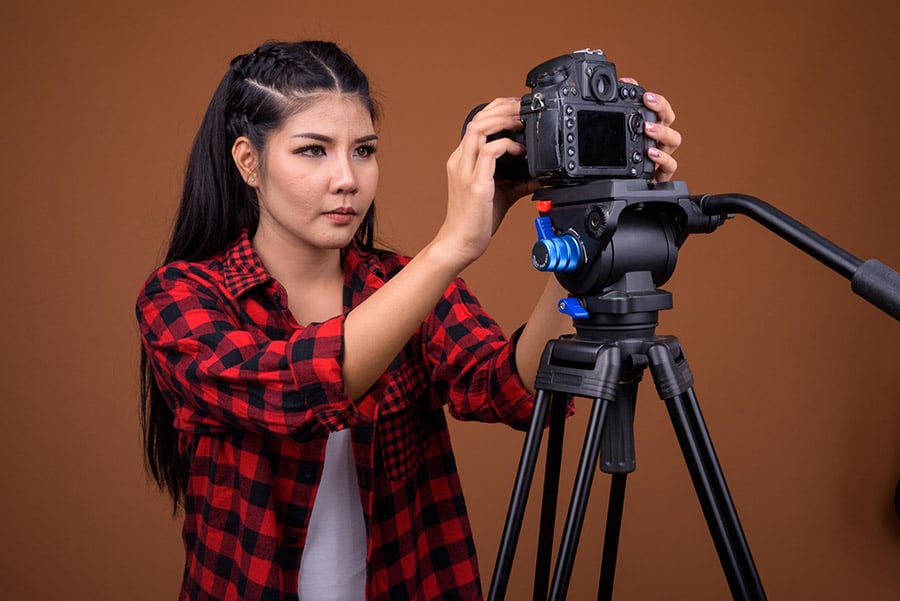
Many product photographers prefer not to use a tripod when they take photos. They like to move around the object.
With splash photography, all of the movement that you need is created by the liquid. That is why a tripod is essential. When your camera is in a fixed position, all you have to do is to pre-focus and shoot.
A tripod is also handy when you don’t have an assistant. You may need both hands to create the splash. That is when a trigger device such as an infra-red or sound trigger comes in handy.
Let There Be Light
Light has an enormous influence on splash photography. Fast flash duration enhances the image and breathes life into it.
Studio lights are the best, but if you don’t have studio lights, Speedlights work well. You need to cluster several together and use them at a lower power setting to achieve a high-quality effect.
Best Diffusion Materials For Splash Photography
Bearing in mind that light is very important when it comes to splash photography, it is best to use diffusion paper or acrylic. Both diffuse the light better and create more pleasing effects such as reflections on paint and transparent liquids.
Do You Need To Protect Your Camera?
Yes, you certainly need to protect your camera. Splash photography is very messy. Clear polythene sheeting is the best choice. It will protect your camera from splashes.
You should also consider covering up the floor and the studio walls if the shoot is going to get really messy.
Talking about getting messy, you should also keep paper towels at hand. Other cleaning materials are useful as well. It all depends on the amount of liquid you are going to use. When using a lot of liquid or going really nuts, you could also need mops and a wet-dry vacuum. The last thing you want is to slip over or for a model to fall because of a wet floor.
Triggering Device
Working on your own is challenging when it comes to splash photography.
The timing of the shot matters more than anything else. When you are working on your own, to get the timing right, consider using a trigger device. Infra-red and sound trigger devices are easy to find and not too expensive.
Capturing A Splash Photo
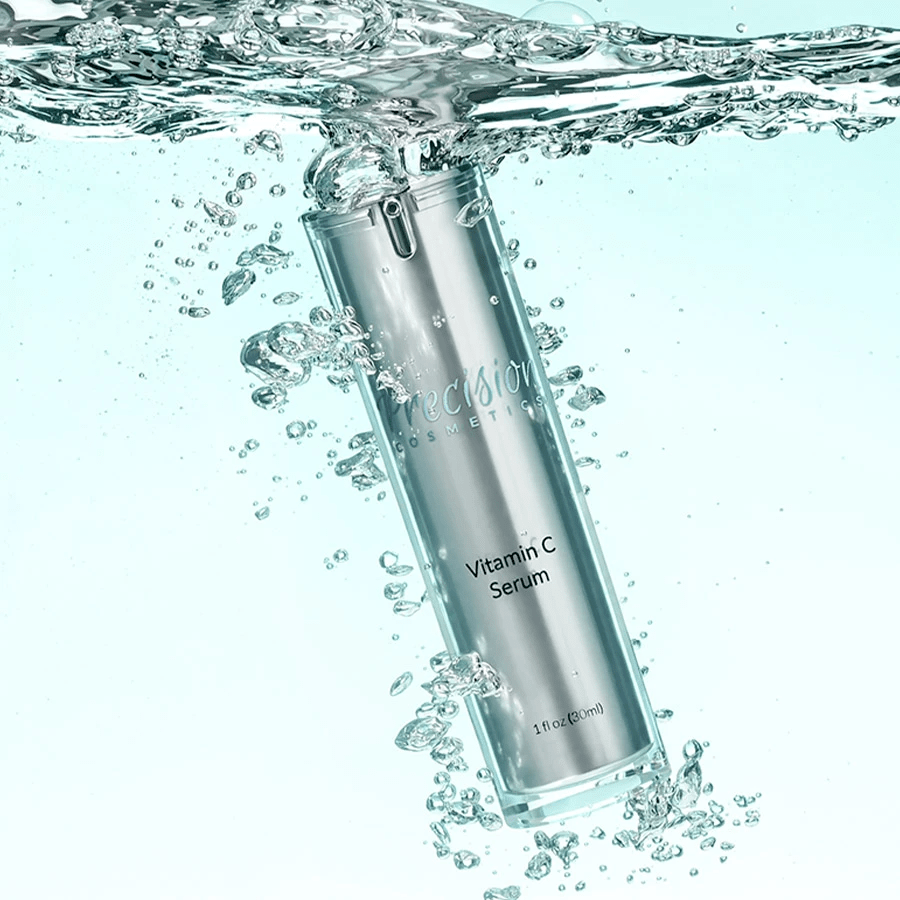
What would you like the image to look like? Photographers that have experience in splash photography recommend creating a pre-visual.
All of this comes with experience. Once you start playing around with liquids, you will appreciate that they have different densities. In other words, they will splash in a different way.
A pre-visual will give you some idea of how the liquid is going to splash. Do you want to splash in an arch shape or maybe hit a bottle from the side? That is the sort of thing that you need to plan out in your pre-visual.
You can only learn all of this by “playing around” with different liquids. It is also a good idea to come up with a shooting plan. That is exactly what artists do who throw paint at a canvas. They plan where they are going to stand and what impact the liquid will have on the canvas.
The same rule of thumb applies in splash photography. Find out how much you need of a certain liquid to achieve a certain effect.
Remember that things can get really messy. Cover up your camera and all electrical equipment in your studio.
Is splash photography time-consuming? Yes, it is a learning process. You need to have patience coupled with a bit of luck when you shoot splash photography. On top of that, you need to be prepared for the fact that it is time-consuming. Any kind of beverage photography takes time.
Flash Duration Is Important
Flash duration is important when you want to capture the best splash shoots. The most common mistake photographers make when they are starting out in splash photography, is to focus too much on shutter speed.
Of course, when you start out, it is easy to think that it is the shutter speed that freezes the motion, but it is not. It is the flash speed that freezes the motion and the shutter speed is hardly relevant if you work in a dark studio. The only thing that you need to make sure of when it comes to shutter speed, is that it is set to fast and cuts out any ambient light. Find out more about lighting techniques on this page.
Mirror Lock-Up Mode On Your Camera
The Mirror Lock-up Feature is found on all DSLR cameras. It helps to improve sharpness during long exposures. For instance, wildlife photographers use it all of the time.
This feature is also useful when it comes to splash photography. It reduces time delay when it comes to taking a photo. Maybe that is another reason it is a function that wildlife photographers like to use.
If you are not using any kind of trigger, the Mirror Lock-Up feature helps you to activate the shutter much faster.
How does Mirror Lock-Up Work? It works by flipping up the mirror before the shutters open. That means when you press the shutter, you capture the photo right away without any delay. Having to wait for the mirror to move out of the way, always causes a slight delay.
The downside is that you can’t see anything when you look through the viewfinder. The only way you are going to see anything is if you activate live view on the camera’s preview screen.
What Are The Best Camera Settings For Splash Photography?
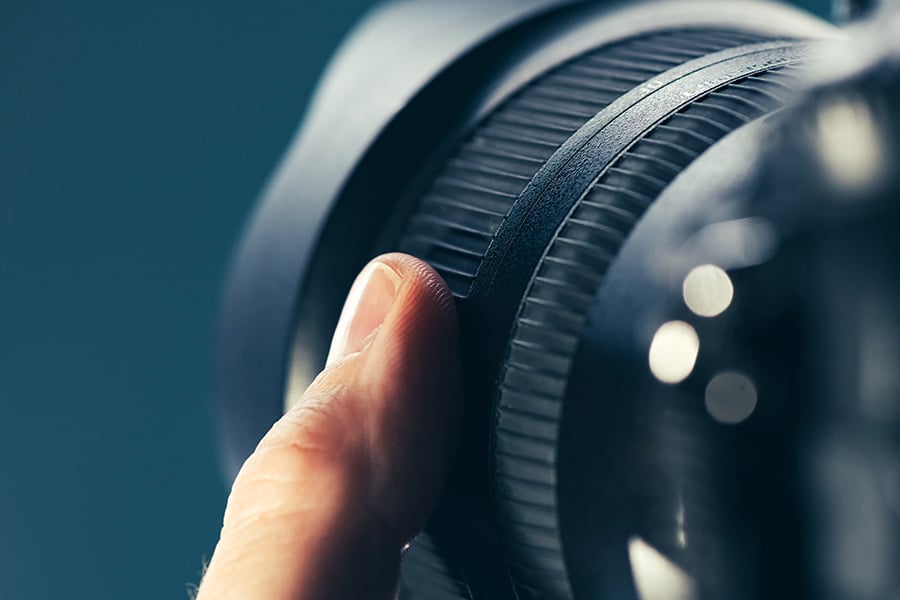
Sync speed is another important factor that you should take into account. More expensive medium cameras can sync at almost any speed, but your average camera normally syncs at 1/200. After all, you are capturing an action shot.
What really matters is that your shutter speed cuts out ambient and natural light. To make sure that you don’t have any natural light present, take a shot without the flash. If you see any light in the image, you need to increase your shutter speed and turn off any light sources that you have. That includes modeling lights.
When it comes to aperture, f11 and f16 should give you sufficient depth of field to allow the complete splash to come into focus.
The ISO should be set fairly low and most professional photographers try to keep theirs at 100. When you are shooting at lower flash powers, it is a good idea to increase this. This is something that you learn how to judge.
Where Should You Focus?
When it comes to splash photography, it is best to focus on where you think the action is going to be and switch to manual focus. Once you have done that, just leave it there.
It is already set up on a tripod which means the only thing that is going to change is the splash. Will you have time to focus on the splash when it happens? The answer is no.
Once again, experienced wildlife photographers will tell you the same thing. This is an action scene and the smart thing to do is to pre-focus.
Pre-focusing is easy. You can pre-focus on your assistant’s hand or a chair. Basically, anything that lets you focus your camera helps.
Easy Ideas For Splash Photography
If you would like to practice splash photography, taking a look at your peer’s work is the smartest thing to do.
Some of the best photographers in the business include Barry Makariou and David Lund. Take a look at their work when you need inspiration. Other big names in splash photography include Jonathan Knowles.
Find images online and try to replicate them. You may even be able to add your own touch. A good source is Pinterest and online photo collections including unsplash.com.
Don’t forget your pricing. Splash photography uses more resources including your time.
Above all, it is important to practice. When you get a splash photograph right, it looks amazing. Never lose sight of how important it is to have splash photos in your portfolio. It is a great way of getting new revenue streams and opening up new lines of work for you. Done right, it looks amazing and your clients will wonder how you managed to get all of those marvelous shots of liquid in motion.
if you’re looking to increase your online conversion but still feel you are not sure where to start – check out these resources below:






